Birds on the Brain: Students Take Flight on Birding Research
While South Caicos is known for its coral reefs and world-class diving and snorkeling, six SFS students at the Center for Marine Resource Studies have traded in their mask and fins for hiking shorts and binoculars. Their goal? Carrying forward a multi-year Directed Research project that focuses on the native and migrating bird communities that appear seasonally around South Caicos.
This semester, the students are focusing on the ecological importance of South Caicos’ salt ponds for birds. An artifact left over from the island’s nearly 250-year reign as a major salt producer in the Greater Caribbean region, the salt ponds have fallen into disrepair since the collapse of the salt industry in the early 1960s. These untended salt ponds have, in turn, become high-quality habitat for many of the island’s 204 native and migratory bird species. And for the students, the work holds many surprises to go with the early, early mornings.
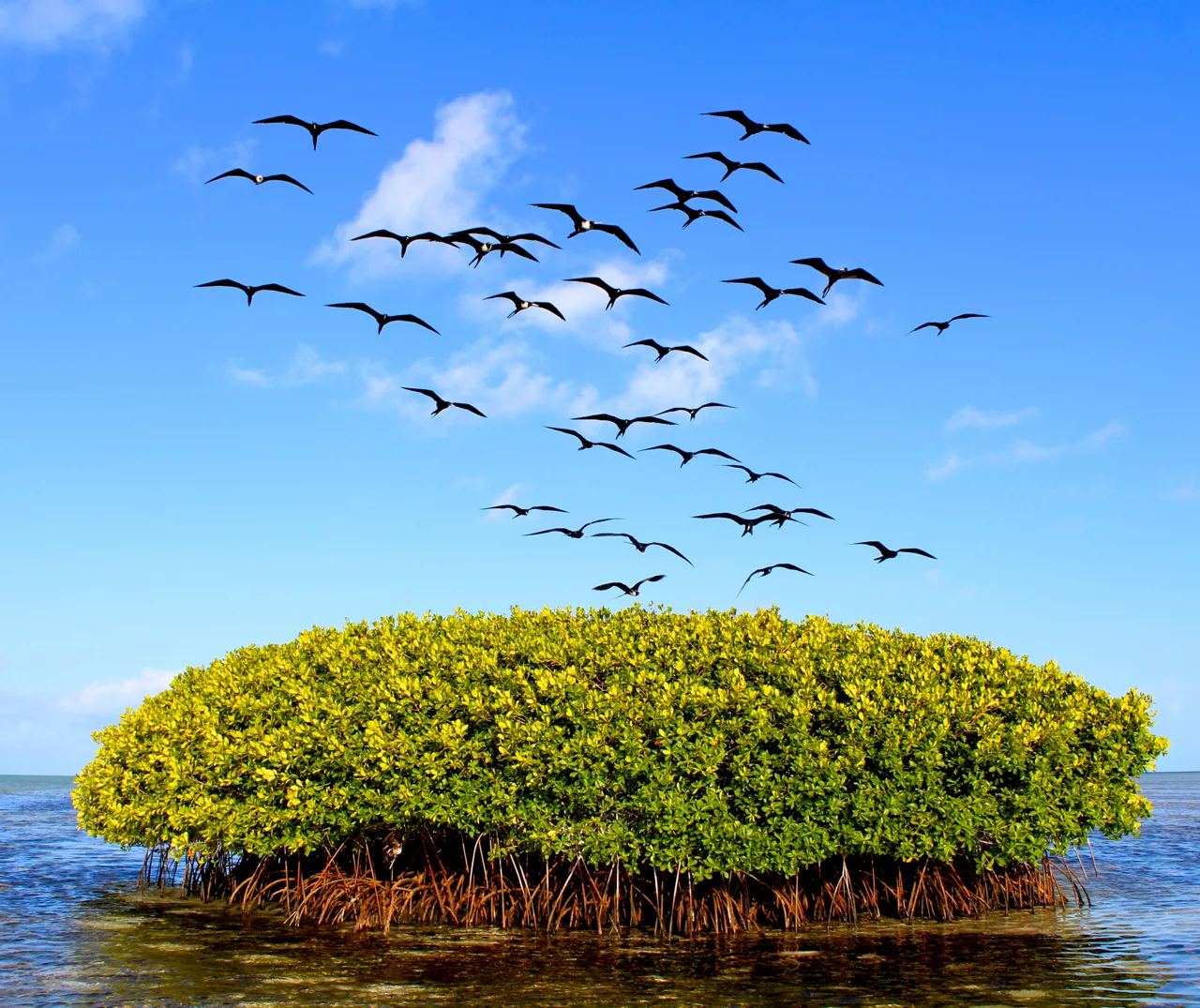
Two student projects are examining the ecological importance of scale as it relates to habitat selection. At one level, many birds, like the greater flamingo, tri-color heron, or great egret, can be seen in many parts of the salt ponds, feeding, resting, and keeping safe from predators or the eager eyes of students. But looking closer, students are observing that many birds have micro-habitat preferences. For instance, the semi-palmated sandpiper insists on standing on rocks in the salt ponds, rather than in the soft mud. These micro-habitat preferences have important implications for how the salt ponds are used by birds given that the ponds themselves are not maintained. Two other students are comparing the bird communities counted at the salt ponds with other habitats around South Caicos, including offshore cays and mangroves. At the aptly named Bird Cay, the students were excited to count over forty adult and twenty-five nestling magnificent frigate birds. And it’s not just frigate bird nesting season. The students have also observed mating behaviors in both osprey and American oystercatcher.
In a separate study, one student is conducting a water quality assessment of the salt ponds, a necessary first step toward examining whether the ponds might find a new economic life in brine shrimp aquaculture. The hypersaline ponds, with salinities routinely over 100 parts per thousand (sea water is about 35 parts per thousand) may support a brine shrimp community, which is quickly becoming an important food source for aquaculture operations around the world. The work is equal parts science and adventure, with the ponds often too shallow to kayak across collecting water samples, but too thick with mud to walk through.
A second student is examining a range of economic opportunities for the salt pond, including its potential attractiveness for birding and tourism. While the work remains very much fledgling, the evidence is beginning to mount that South Caicos is an important place for many tropical and sub-tropical birds, including several species of endangered or threatened waterfowl. And by collecting and sharing their data and insights, these six students are well on their way to earning their science wings.
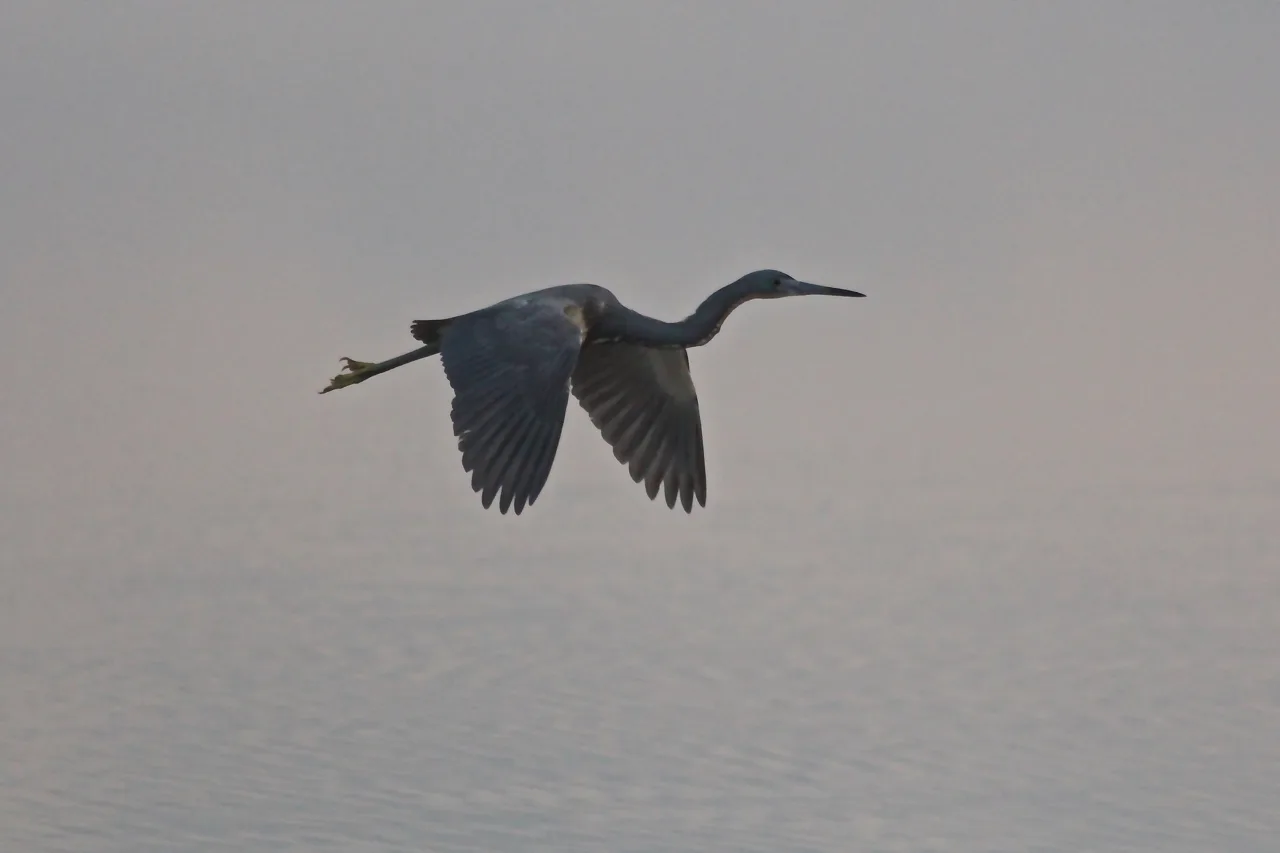
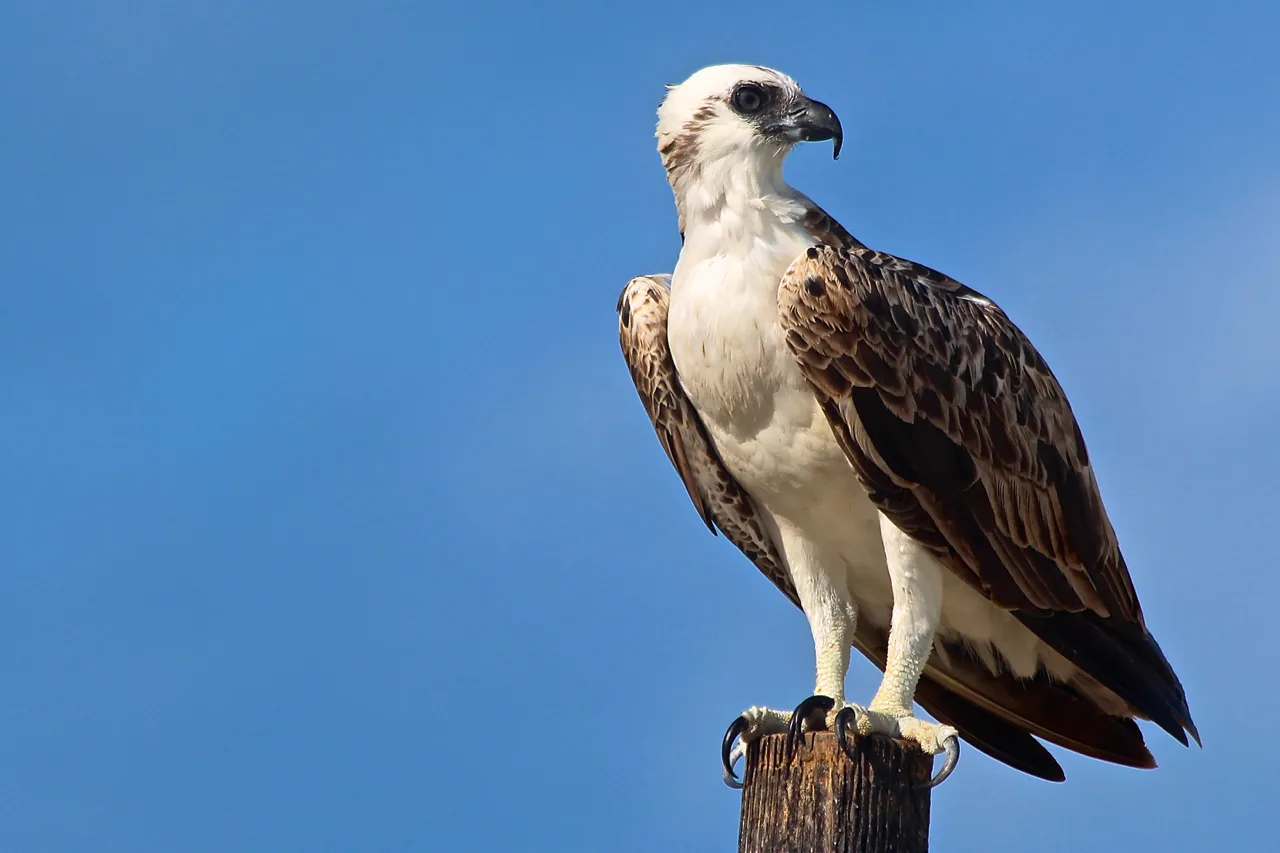
Related Posts
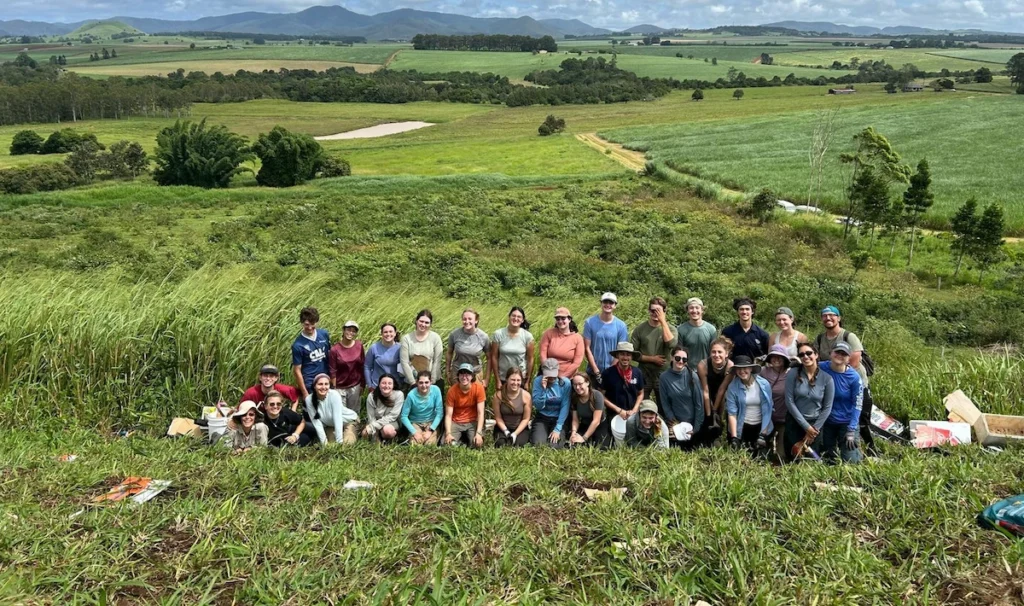
Cinder Cone Chronicles: Lessons from Drought, Data, and Determination
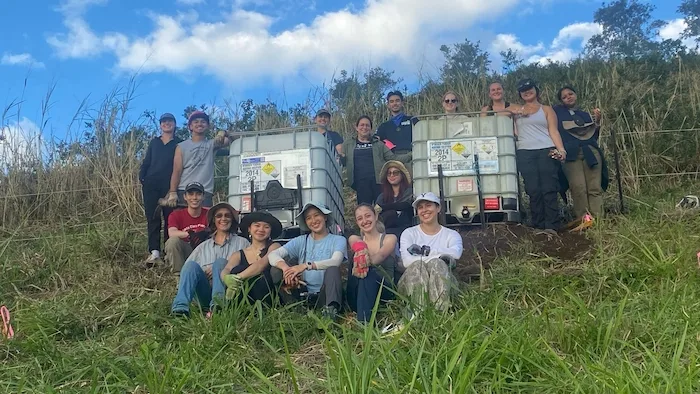
Restoration on a Cinder Cone: A Syntropic Story
